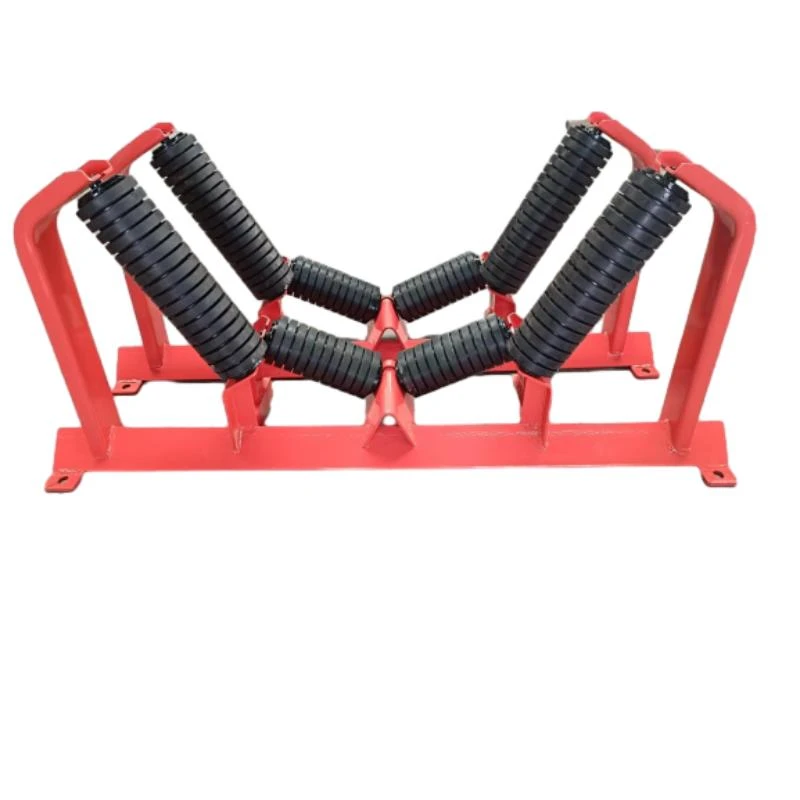 Afrikaans
Afrikaans  Albanian
Albanian  Amharic
Amharic  Arabic
Arabic  Armenian
Armenian  Azerbaijani
Azerbaijani  Basque
Basque  Belarusian
Belarusian  Bengali
Bengali  Bosnian
Bosnian  Bulgarian
Bulgarian  Catalan
Catalan  Cebuano
Cebuano  Corsican
Corsican  Croatian
Croatian  Czech
Czech  Danish
Danish  Dutch
Dutch  English
English  Esperanto
Esperanto  Estonian
Estonian  Finnish
Finnish  French
French  Frisian
Frisian  Galician
Galician  Georgian
Georgian  German
German  Greek
Greek  Gujarati
Gujarati  Haitian Creole
Haitian Creole  hausa
hausa  hawaiian
hawaiian  Hebrew
Hebrew  Hindi
Hindi  Miao
Miao  Hungarian
Hungarian  Icelandic
Icelandic  igbo
igbo  Indonesian
Indonesian  irish
irish  Italian
Italian  Japanese
Japanese  Javanese
Javanese  Kannada
Kannada  kazakh
kazakh  Khmer
Khmer  Rwandese
Rwandese  Korean
Korean  Kurdish
Kurdish  Kyrgyz
Kyrgyz  Lao
Lao  Latin
Latin  Latvian
Latvian  Lithuanian
Lithuanian  Luxembourgish
Luxembourgish  Macedonian
Macedonian  Malgashi
Malgashi  Malay
Malay  Malayalam
Malayalam  Maltese
Maltese  Maori
Maori  Marathi
Marathi  Mongolian
Mongolian  Myanmar
Myanmar  Nepali
Nepali  Norwegian
Norwegian  Norwegian
Norwegian  Occitan
Occitan  Pashto
Pashto  Persian
Persian  Polish
Polish  Portuguese
Portuguese  Punjabi
Punjabi  Romanian
Romanian  Russian
Russian  Samoan
Samoan  Scottish Gaelic
Scottish Gaelic  Serbian
Serbian  Sesotho
Sesotho  Shona
Shona  Sindhi
Sindhi  Sinhala
Sinhala  Slovak
Slovak  Slovenian
Slovenian  Somali
Somali  Spanish
Spanish  Sundanese
Sundanese  Swahili
Swahili  Swedish
Swedish  Tagalog
Tagalog  Tajik
Tajik  Tamil
Tamil  Tatar
Tatar  Telugu
Telugu  Thai
Thai  Turkish
Turkish  Turkmen
Turkmen  Ukrainian
Ukrainian  Urdu
Urdu  Uighur
Uighur  Uzbek
Uzbek  Vietnamese
Vietnamese  Welsh
Welsh  Bantu
Bantu  Yiddish
Yiddish  Yoruba
Yoruba  Zulu
Zulu Essential Components for Conveyor Roller Systems and Their Functionality
Understanding Conveyor Roller Parts Essential Components for Efficient Material Handling
Conveyor systems are a backbone of many industrial operations, providing a streamlined method for transporting materials. At the heart of these systems lies the conveyor roller, a critical component that facilitates the movement of goods. Understanding the various parts of a conveyor roller and their functions is essential for ensuring operational efficiency and longevity of the equipment.
1. The Roller Tube The Core Component
The roller tube is the primary part of the conveyor roller. Typically made from materials such as steel or aluminum, the tube is designed to withstand heavy loads and resist wear. The diameter and length of the tube can vary, depending on the specific application and the materials being transported. A robust roller tube is crucial for maintaining the structural integrity of the conveyor system and minimizing downtime due to maintenance and repairs.
2. Bearings Smooth Operation
Bearings are integral to the functionality of conveyor rollers. They are positioned at both ends of the roller tube and allow it to rotate freely. The choice of bearings can significantly influence the roller’s performance; for instance, sealed bearings provide enhanced durability in environments where dust and debris are present. Proper lubrication of bearings is also critical to ensure smooth operation and prevent overheating.
3. Axles Connecting Components
conveyor roller parts

The axle connects the roller to the conveyor frame, allowing it to rotate. It typically runs through the center of the roller tube and is secured on both ends. Axles must be made from high-strength materials to handle the stresses of constant use. Additionally, the design and installation of axles must consider the overall alignment of the conveyor system to ensure that rollers operate efficiently without unnecessary friction.
4. End Caps Protection and Stability
End caps are situated at both ends of the roller and serve multiple purposes. Not only do they help maintain the structure of the roller, but they also protect the internal components from dust and debris. End caps can be designed to be removable, allowing for easier maintenance and replacement of the roller components as needed.
5. Maintenance Ensuring Longevity
Regular maintenance of conveyor rollers is essential to prolong their life and maintain operational efficiency. This includes routine inspections, lubrication of bearings, and checking for alignment and wear. A well-maintained conveyor roller system not only enhances productivity but also reduces the risk of costly downtimes.
In conclusion, understanding the various parts of a conveyor roller is vital for anyone involved in material handling operations. By ensuring that each component, from the roller tube to the bearings, is properly maintained and functioning, businesses can enhance their operational efficiency and achieve greater productivity in their processes.
-
Revolutionizing Conveyor Reliability with Advanced Rubber Lagging PulleysNewsJul.22,2025
-
Powering Precision and Durability with Expert Manufacturers of Conveyor ComponentsNewsJul.22,2025
-
Optimizing Conveyor Systems with Advanced Conveyor AccessoriesNewsJul.22,2025
-
Maximize Conveyor Efficiency with Quality Conveyor Idler PulleysNewsJul.22,2025
-
Future-Proof Your Conveyor System with High-Performance Polyurethane RollerNewsJul.22,2025
-
Driving Efficiency Forward with Quality Idlers and RollersNewsJul.22,2025





























